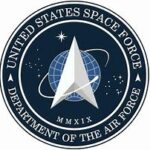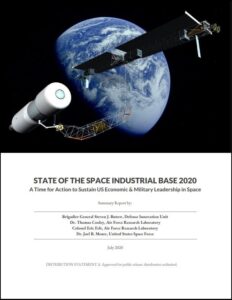
A congressional spending bill has added $61 million for the U.S. Space Force toward setting up a surveillance network — or “highway patrol” — to track the domain between the Earth and the Moon.
Nation-states and commercial companies will fly nearly 100 missions, both crewed and uncrewed, to the Moon by 2030. As the cislunar region fills with satellites and space junk — there are at present an estimated 27,000 piece of human-made objects larger than a softball in orbit — the Cislunar Highway Patrol System (CHPS) will track and identify all man-made objects a combination of optical and radar sensors — critical for mitigating potential collision risks.
“The responsible use of space and unfettered access to space domain awareness ensures collision avoidance, on-orbit logistics, communication, navigation and maneuvering, all critical to the United States and allied space commerce, science and exploration,” states a video produced by the U.S. Air Force Research Laboratory that can be viewed here.
Some critics warn that the intrusion of the armed forces into cislunar space represents a potential usurpation of NASA and militarization of space. Military strategists say the stakes are too big to leave cislunar space to the civilians, and the Pentagon will be compelled to take on a major role. China, which has plans to build a lunar base, cannot be trusted to pursue only peaceful aims, and could use its space program for both economic and military advantage, Politico says. more “The Pentagon Plans Highway Patrol for Cislunar Space”

 An important duty assumed by the embryonic U.S. Space Force will be tracking objects in cislunar space (the area between the Earth and Moon). The Air Force Research Laboratory’s Space Vehicles Directorate is now investigating technologies to undertake the task, reports
An important duty assumed by the embryonic U.S. Space Force will be tracking objects in cislunar space (the area between the Earth and Moon). The Air Force Research Laboratory’s Space Vehicles Directorate is now investigating technologies to undertake the task, reports  Officials within the U.S. military increasingly regard Earth-Moon space as the “high ground” in military power.
Officials within the U.S. military increasingly regard Earth-Moon space as the “high ground” in military power.